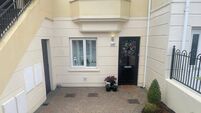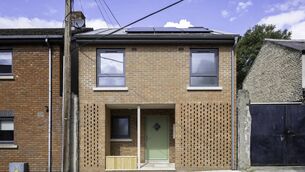Uplifting your home with a deep retrofit

Improving attic insulation is a typical staged project for improving the BER on your current home. Picture: iStock
Many of us have grown up in cold draughty houses which seemed almost impossible to heat.
We get a bill every other month or face the dreaded autumn tank fill for the coming winter. We get a wake-up call now and again when the price of oil goes up and we start thinking about how we could improve the energy efficiency of the house.










